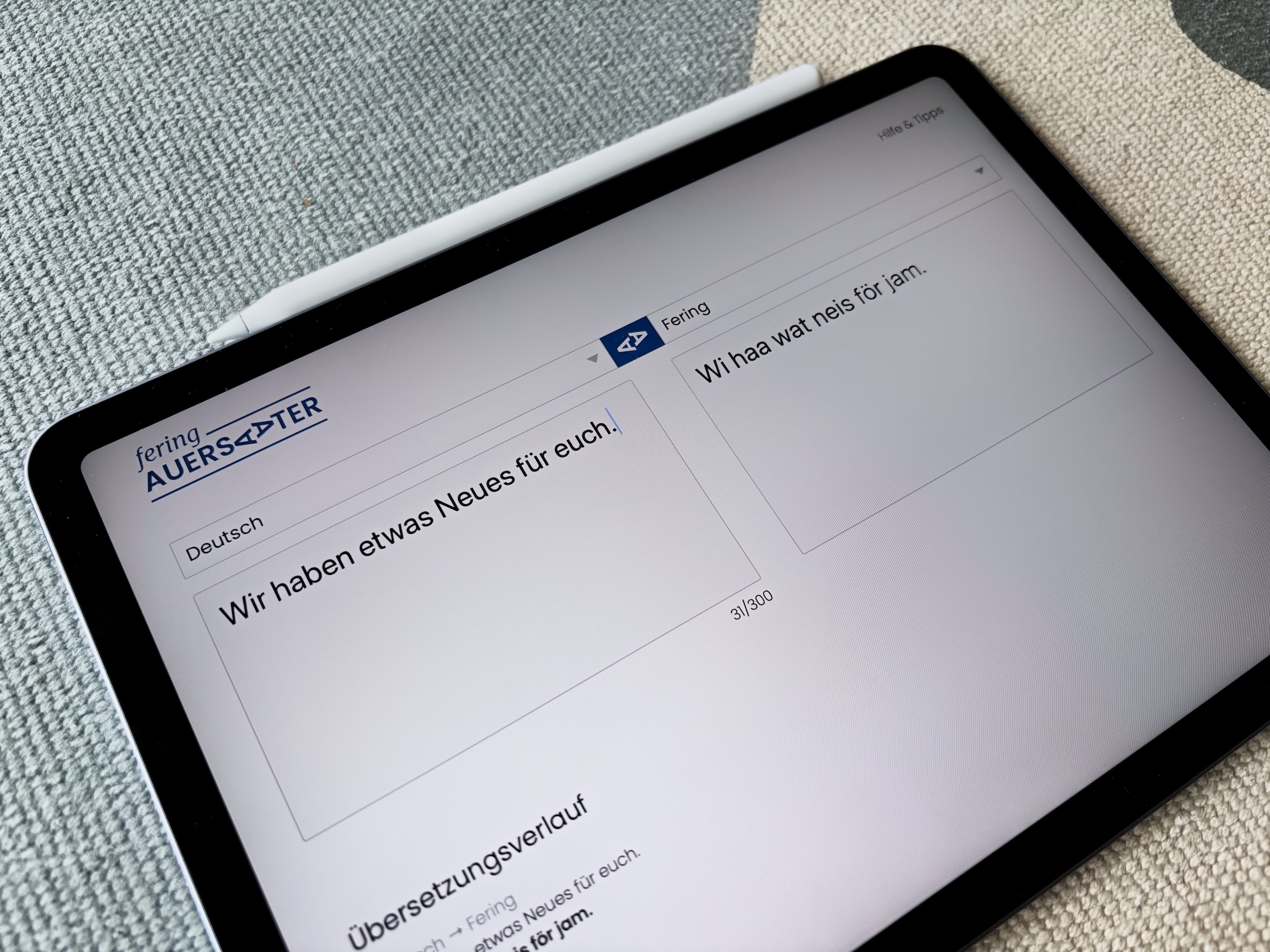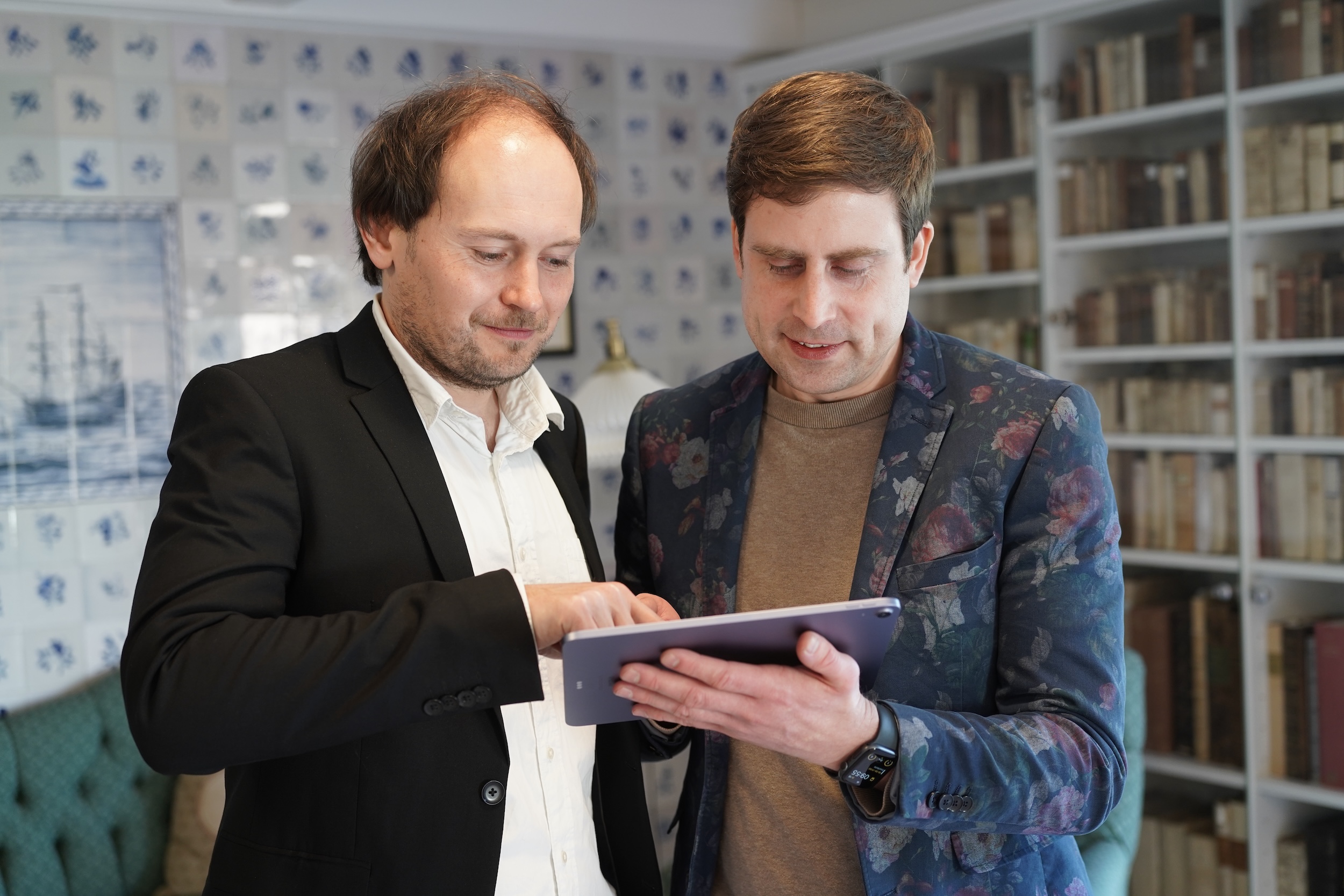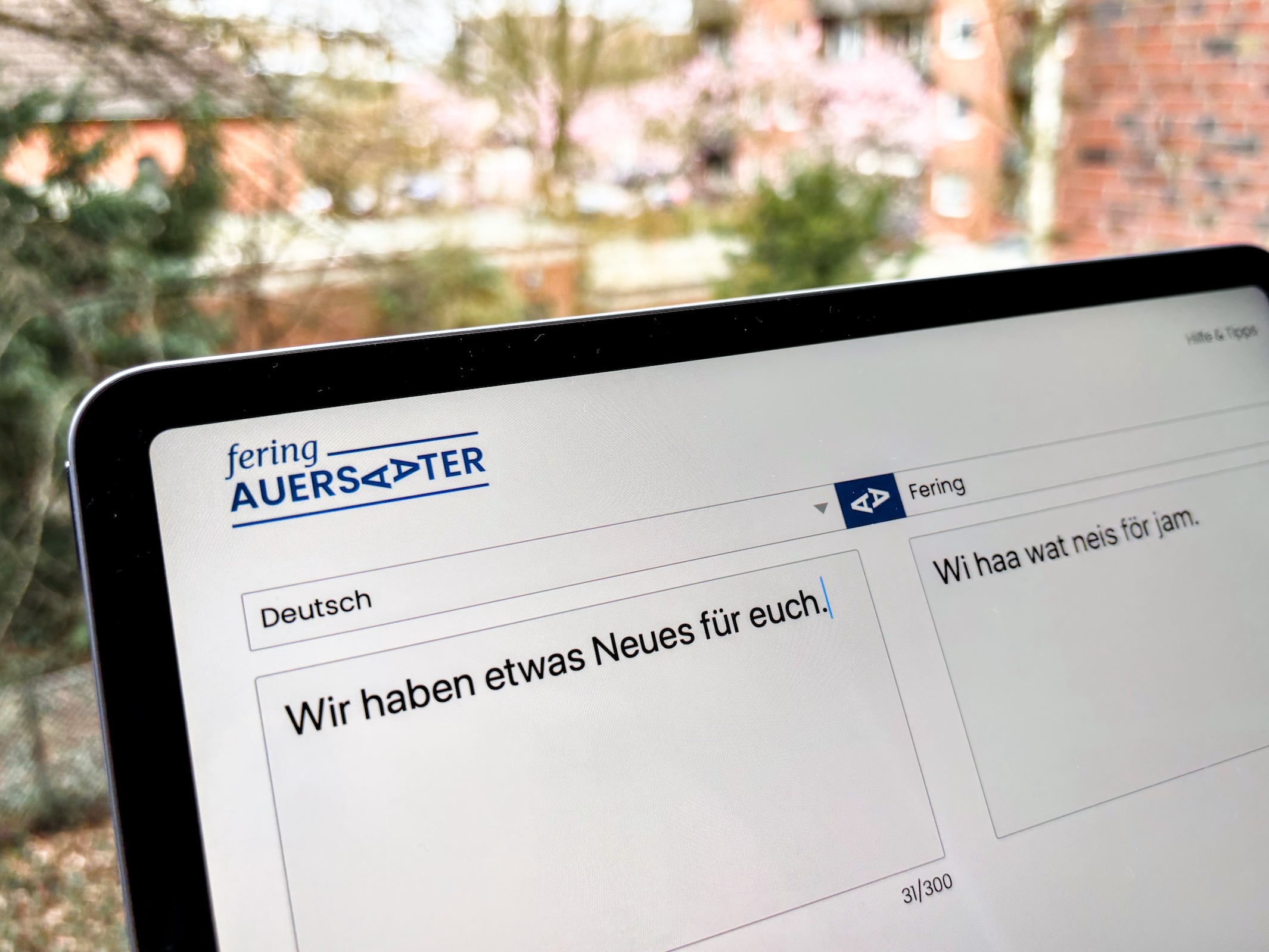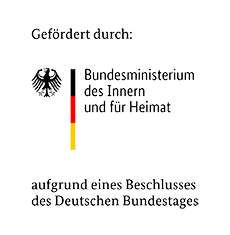
North Frisian for all – how AI helps to spread a German minority language
The Ferring Stiftung in Alkersum, located on the German island of Föhr, has used machine learning to develop its own translation programme for Föhr Frisian (Fering), which is spoken by around 3,000 people on the North Sea Island. Linguists Robert Kleih and Hauke Heyen of the Ferring Stiftung are certain that the future of minority languages lies in the digital sector.

After approximately 18 months of development, the online translation tool Fering Auersaater (English: Frisian translator) was launched on 3 April 2025. Entire sentences and short passages of text are now able to be translated from German or English into Föhr Frisian (and vice versa). This tool is available free of charge. What has long been standard for major languages is now also possible for North Frisian: one can enter a text online and simply have it translated. Speakers of the minority language North Frisian now have access to digital tools for their language for the first time. It is not only a welcome addition to own everyday life, but also a help for the people around them who do not speak the language. And above all, it is a major technological advance that is unique for such a small language community.
“From the beginning, we wanted to develop a program that is freely accessible and enables language experience with Fering (Föhr Frisian) – one that is accessible to all interested parties, which is why we included English as well as German. We hope that the Auersaater will significantly promote the digital spread of Föhr Frisian”, says Robert Kleih, Chairman of the Ferring Stiftung.

The programme can be compared with established language translation programs such as Google Translate or DeepL. As opposed to major languages, however, North Frisian has extremely few digital linguistic resources that could have been used for development. The project coordinator of Fering Auersaater, Hauke Heyen, adds: “There were hardly any existing digital text collections that we could draw on. We had to start from scratch and translated several thousand sentences manually as a team. We collated these together with existing texts and dictionary entries. This created the working basis for this major digital project”.
The online translator was programmed using the No Language Left Behind project from Meta AI, which enabled an already developed language model to be expanded to include the necessary Frisian competences.
The translation tool is freely accessible via the website www.auersaater.de.
Source of all information and photos: Ferring Stiftung



